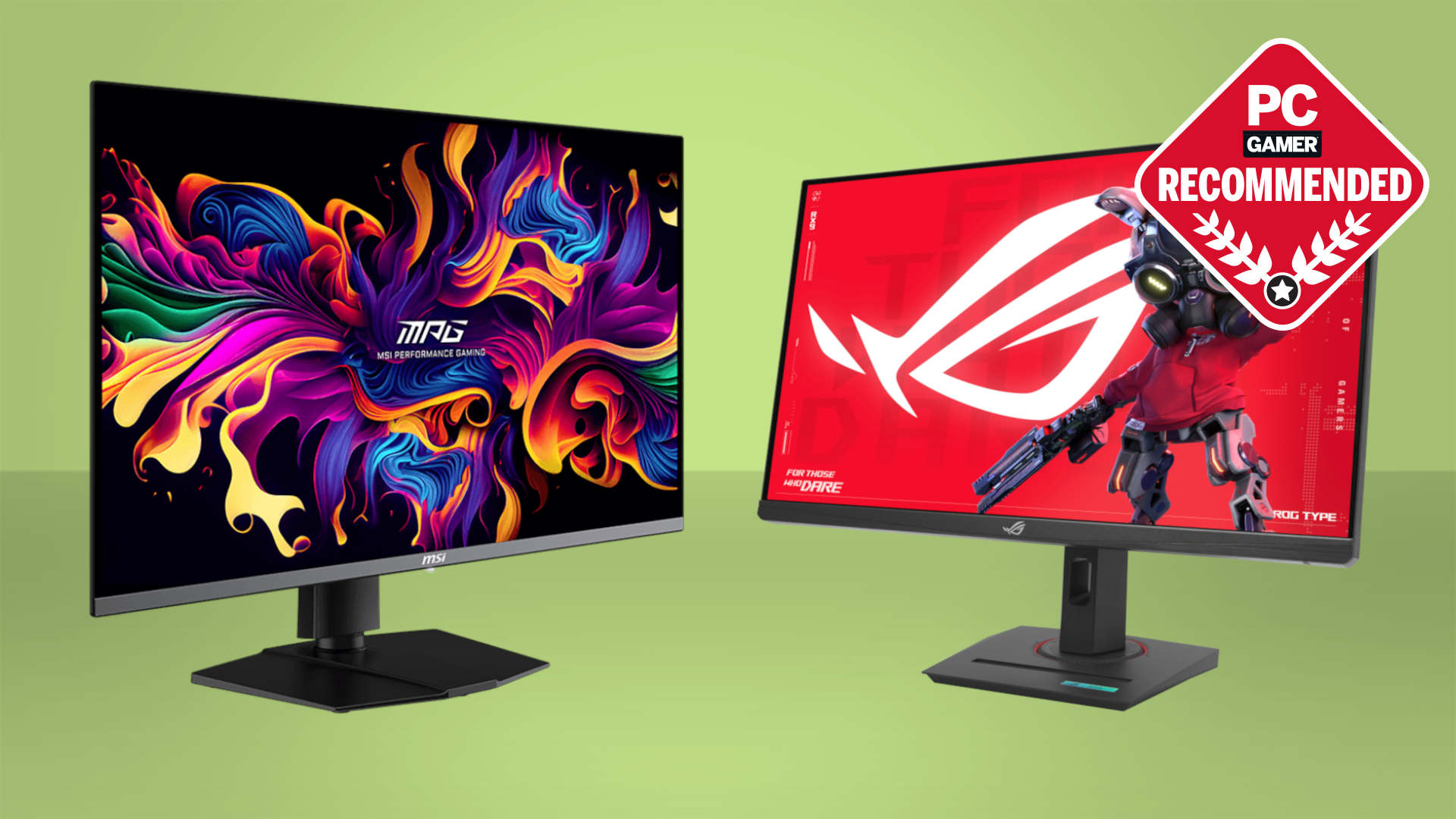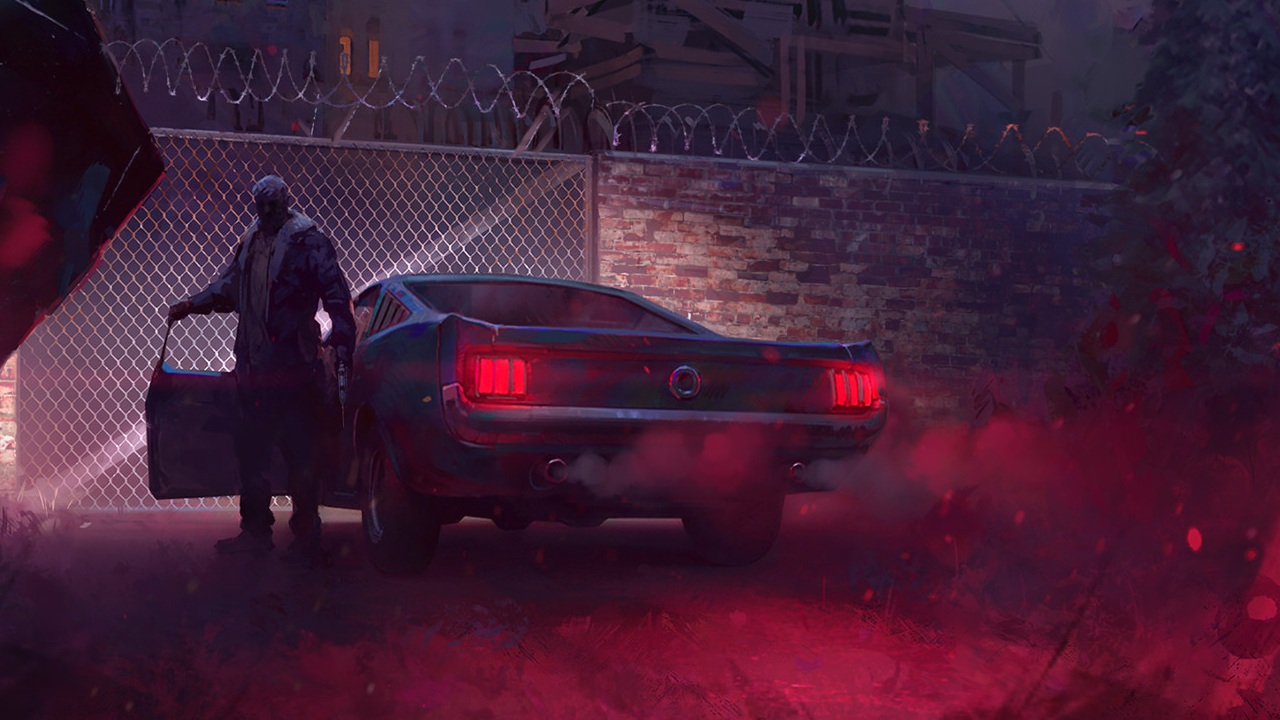'We encourage you to live with your choices, but if you want to change it, you can:' Supermassive explains why it's adding a flowchart to its narrative horror with Directive 8020
Supermassive Games isn't just heading to a new frontier, but changing up how permanent choices can be too.
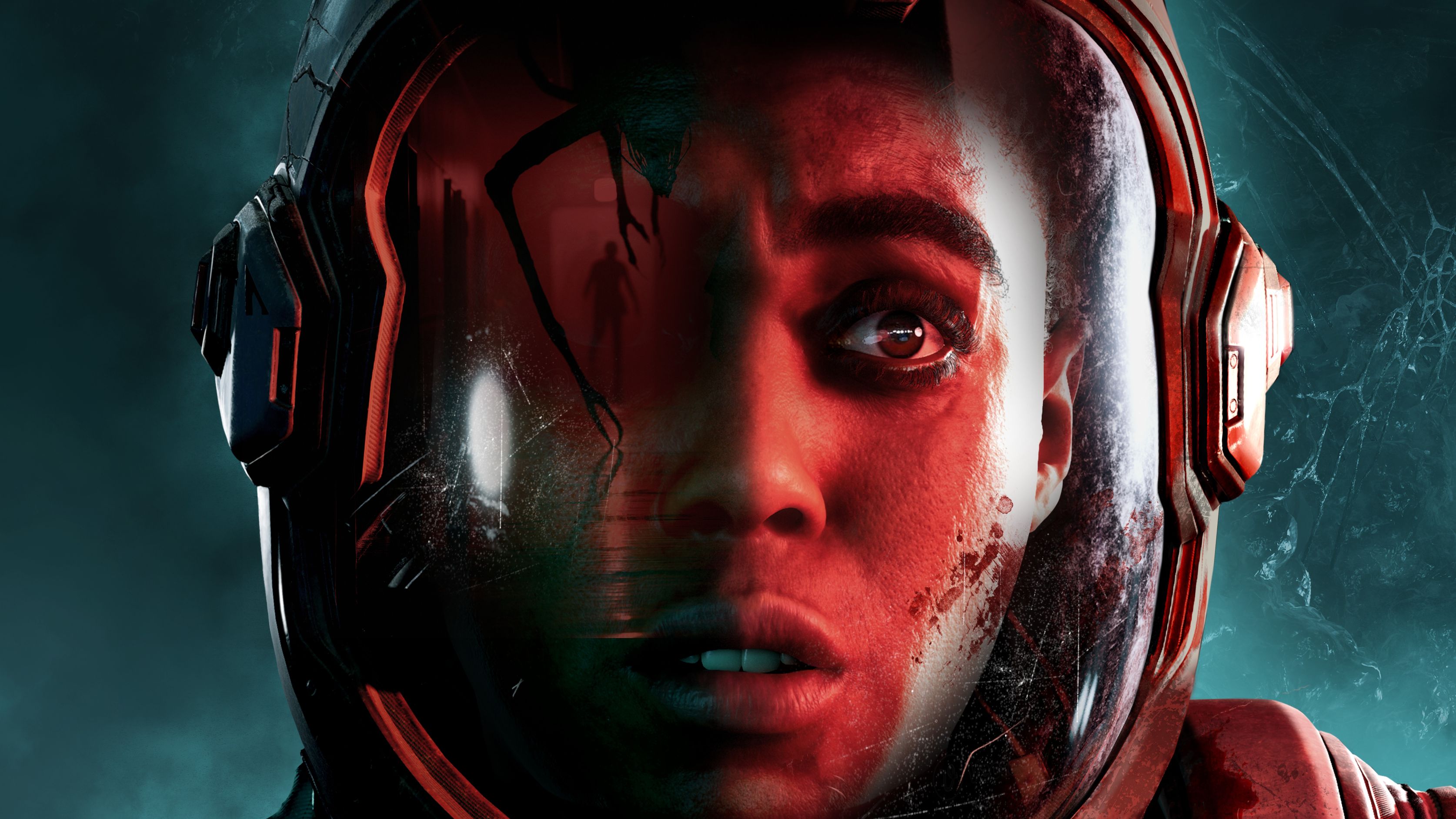
Space is the final frontier, and for Supermassive Games, it's also a new one. With Directive 8020, the latest entry in The Dark Pictures anthology, the studio finally takes to the stars. But even as it grapples with a shape-shifting alien and the constant, imposing doom posed by the void of space, Supermassive is finding ways to iterate on how it does horror.
Supermassive Games has made a name for itself with narrative horror games like Until Dawn and The Quarry that are driven by player choices but aspire to look like the movies. With Directive 8020, though, Supermassive Games is thinking about the breadth of its scares. The story is centered on a team of astronauts, undertaking a mission to Tau Ceti f, a last hope for a dying human race, 12 light years from home. The crew of the colony ship Cassiopeia depart with optimism, but soon find themselves embroiled in something much more dangerous than they could have imagined: a flowchart.
Okay, no, the flowchart—key to Directive 8020's new approach to branching storylines—is actually helpful. More on that in a bit. The dangerous part is a strange, alien substance aboard the ship, something fungal and biological, that's able to change shape and even mimic members of the crew.
After playing a short narrative flashback setting up the journey, my hands-on demo with Directive 8020 jumped forward to a scene where two crew members are trying to discern the source of the strange growths in the ship. It culminated in a horrifying showdown with their doppelgangers, which could morph into giant, hulking monstrosities.
"We can't use the trees we've made and the planks of wood and the metal beams and all that kind of stuff, because this is a very different setting," said Supermassive executive producer Dan McDonald. "So we have to start from scratch, and [the artists] get to exercise different muscles."
McDonald tells me the team has researched a lot of horror, including the Alien movies and Dead Space, to explore new strands of terror and different monsters; both through the impostor, and in space itself. McDonald pointed to the kind of fears only space can truly tap into.
"The idea of being untethered, you know, in a space suit, drifting off into space… you can imagine what that's like, and how you would be reacting, seeing your co-worker as they float off."
Keep up to date with the most important stories and the best deals, as picked by the PC Gamer team.
Inside the ship, though, it's all about the shape-changing impostor alien. In one section I had to flee my own doppelganger as it transformed into a giant monster and hunted me. These moments feel a little more third-person action-y than Supermassive games usually do. I managed to narrowly crouch-walk my way around my hunter, barely escaping thanks to careful timing and maneuvering. But in another person's playthrough I saw as I walked by, they frantically tried to stun the monster using giant taser-rods.
While I got out, there was the chance that I wouldn't, and in that branching path there might be a stray impostor running around sowing chaos, confusion, and gory, gory death. In one of my last gameplay moments, I had to make a choice on whether to pull the trigger on a crewmate or believe in them long enough for a scan to finish. I didn't pull the trigger, but there are versions of the story and permutations where a player doesn't, and it shifts the story.
This in itself is nothing new for Supermassive's choice-driven stories, but with Directive 8020 it's testing some new ground: rewinding.
After making a major choice I was offered the brief chance to rewind and change my decision. In isolation this is a potentially novel mechanic, allowing someone to reverse a choice if they don't like the immediate results. Played out over the length of Directive 8020, though, it allows for much more fluid exploration of the whole story.
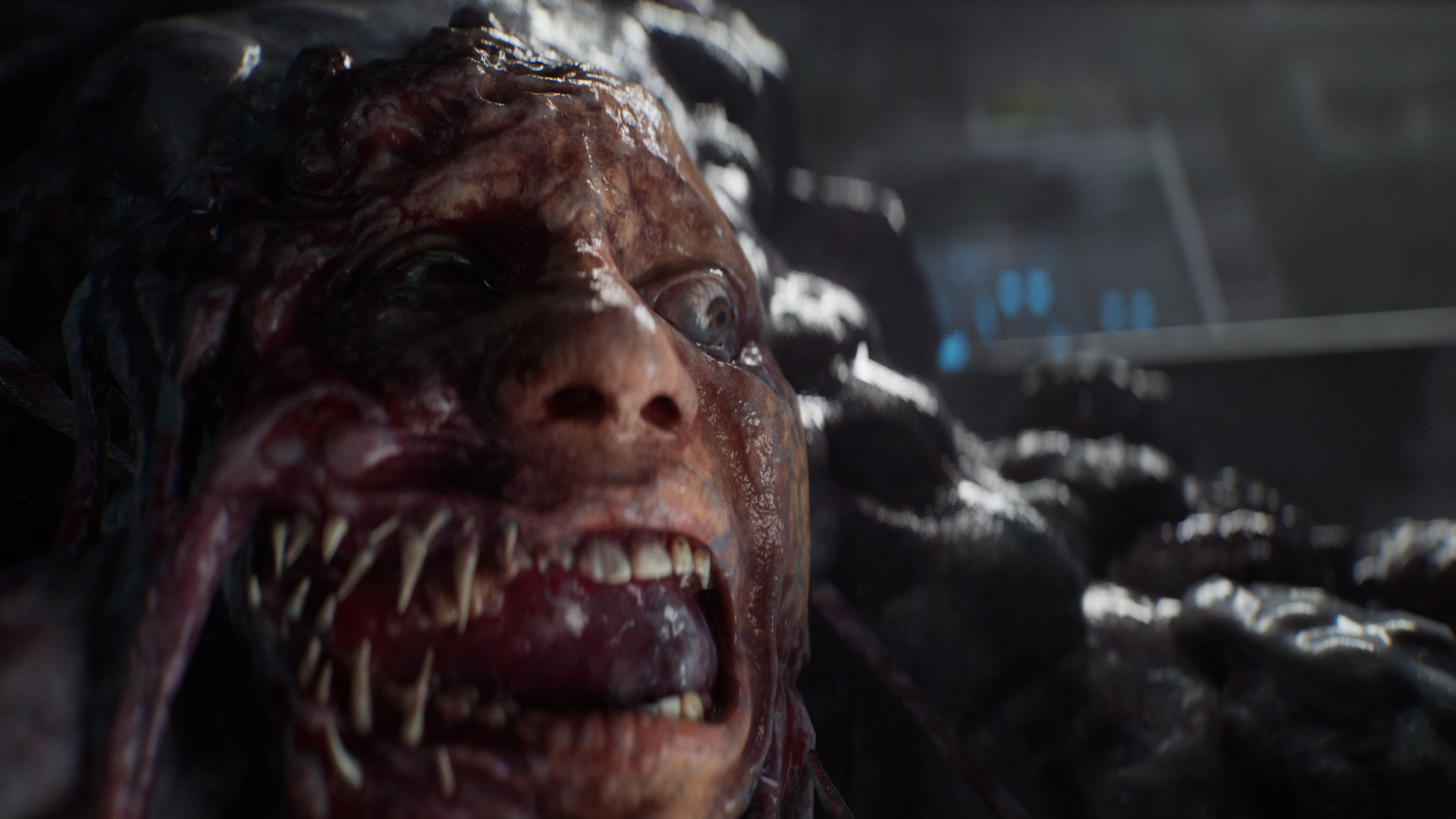
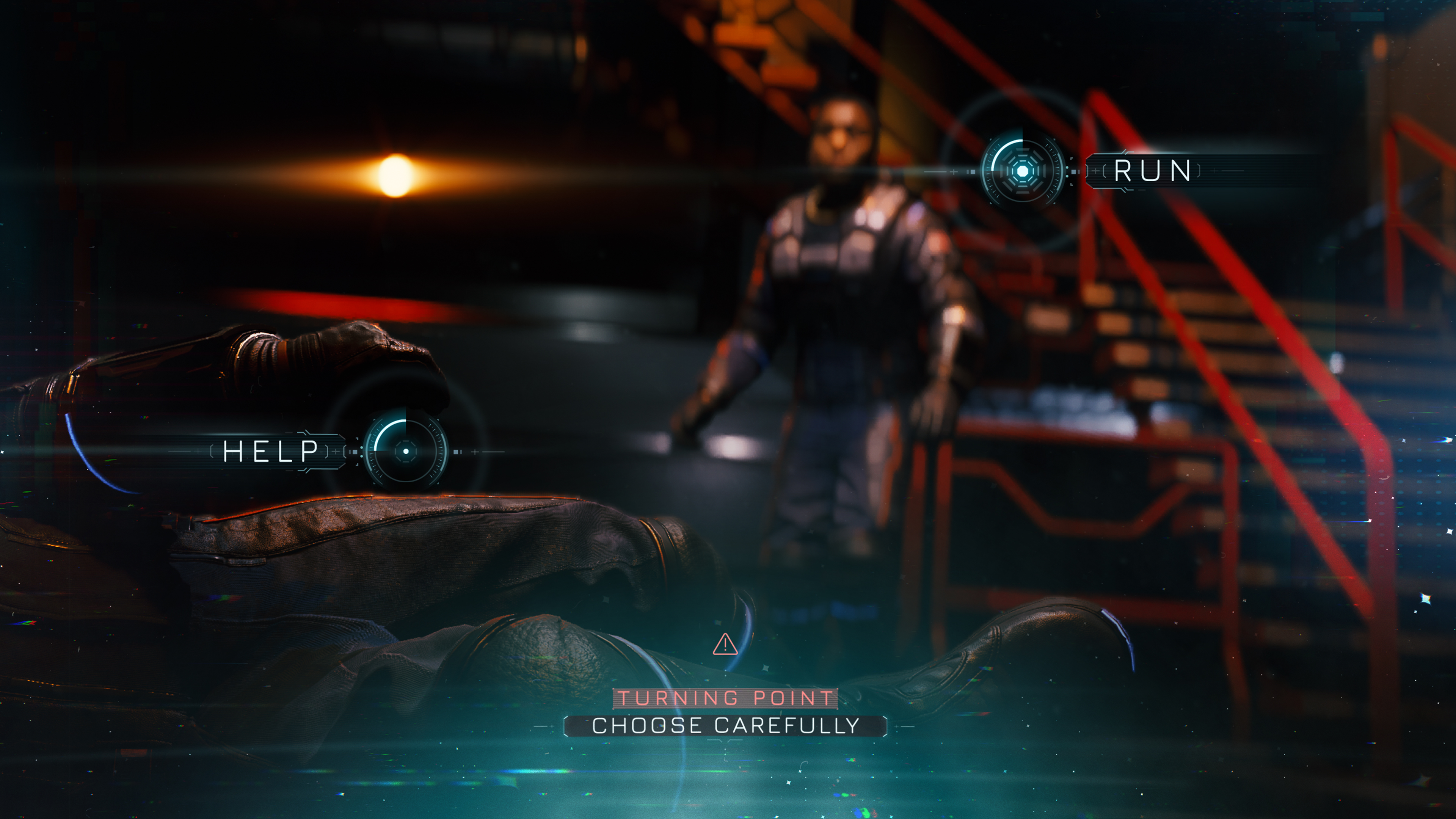
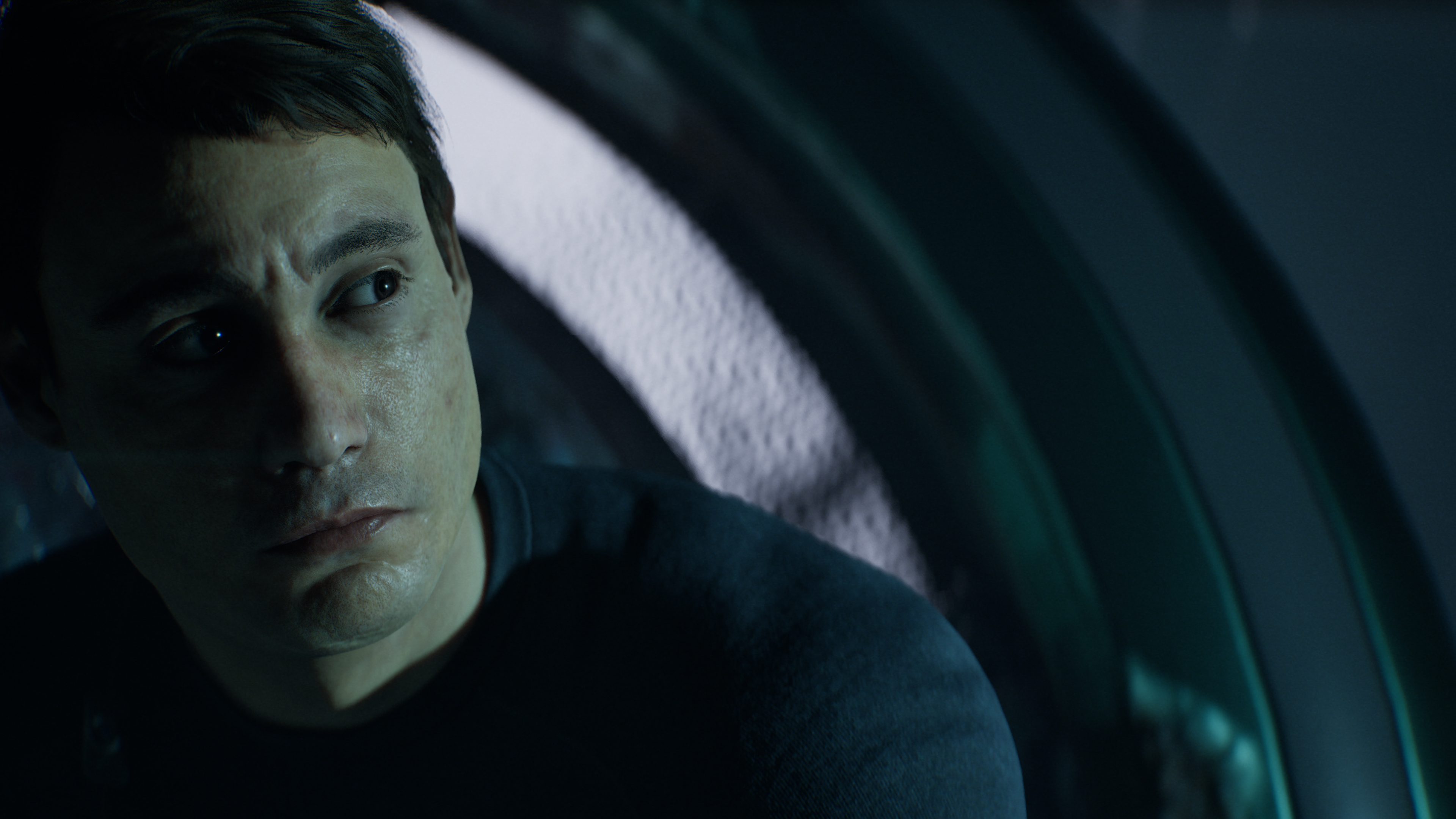

McDonald showed me a flowchart of the game's story, with decision points and potential changes, snaking through the menus of Directive 8020. It's reminiscent of the Zero Escape games or Detroit: Become Human, where players can view the paths they took through a narrative and the potential branching points from choices. With Directive 8020, Supermassive is letting players roll the tape back and see other outcomes, either immediately or to see everything the full story has to offer.
Supermassive still has big consequences that can play out over the course of a full playthrough. And if someone wants to play in the "classic" way, they can still opt to make their choices and live with them. When you go back, options aren't lost, and decisions can still sneak up on the player too. But for those completionists, it offers an alternative to full repeat runs to see how differently situations can pan out. McDonald points out the gameplay section I played, and how that can let players go back and retry tense sections.
"We encourage you to live with your choices, but if you want to change it, you can," he said.
It's a little granular, but could make a difference for Supermassive as it experiments with future Dark Pictures games. Heck, it might even offer Supermassive Games a way to take its style of storytelling beyond horror. For now, though, between the alien impostors and the looming expanse just outside the ship, Directive 8020 seems plenty scary. Even with a rewind button.
Whether hanging out at the Limsa aetheryte or labbing out some combos in a fighting game, Eric can be found writing about and following all kinds of games, from lengthy RPGs to fascinating indies. Usually with some anime on the second monitor.
You must confirm your public display name before commenting
Please logout and then login again, you will then be prompted to enter your display name.

